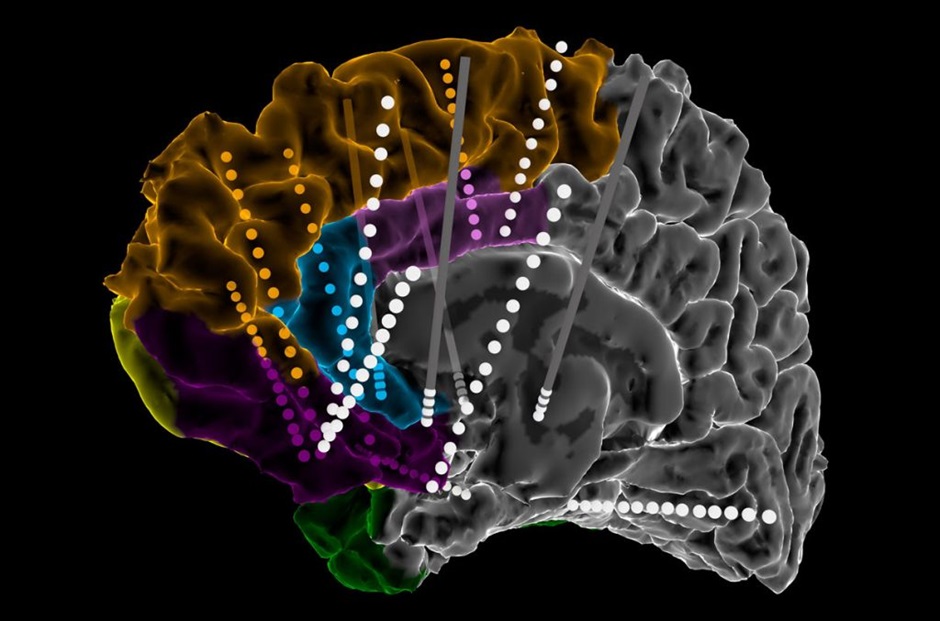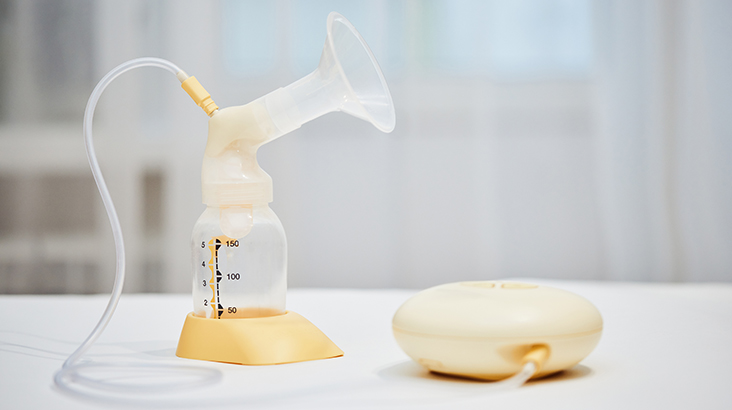
In Australia and beyond, deep brain stimulation (DBS) surgery has emerged as a promising treatment for neurological disorders, particularly for Parkinson’s disease, essential tremor, and dystonia. While the procedure offers hope for improved quality of life, understanding what to expect during the recovery phase is essential.
Immediate Post-Surgery Experience
After the surgery, patients typically spend some time in the recovery room. This initial phase focuses on monitoring vital signs and ensuring there are no immediate complications. Depending on the type of anaesthesia used, you may feel groggy or disoriented. It’s not uncommon to experience some discomfort or mild pain around the surgical sites.
As the anaesthesia wears off, many patients begin to regain clarity. Keep in mind that fatigue is common, and it’s essential to allow your body to rest. Your medical team will provide specific instructions about when you can resume normal activities, which often depends on individual recovery progress.
Hospital Stay and Monitoring
Following the immediate recovery, most patients remain in the hospital for a couple of days for further monitoring. During this time, neurologists and nurses will assess your neurological status and response to the initial effects of the stimulation. Regular evaluations are crucial to ensure the device is functioning correctly and to determine the optimal settings.
You may also experience fluctuations in your symptoms as the brain adjusts to the new stimulation. It’s important to communicate openly with your healthcare team about any changes you notice. They can make necessary adjustments to the stimulation settings or medications, ensuring a tailored approach to your treatment.
Physical Recovery
Physical recovery from DBS surgery varies from patient to patient. Initially, you may experience swelling and tenderness around the incision sites, which can last several weeks. To facilitate healing, deep brain stimulation Brisbane doctors usually recommend limiting strenuous activities and avoiding heavy lifting.
It’s vital to listen to your body and rest when needed. Gradually increasing activity levels can help build strength and stamina as you recover.
Emotional and Psychological Adjustments
The psychological impact of undergoing deep brain stimulation surgery can be significant. Many patients report a sense of relief or hope following the procedure, especially if they have struggled with debilitating symptoms. It’s also normal to experience a range of emotions, from anxiety about the outcome to frustration during the adjustment phase.
Support from family, friends, or a therapist can be invaluable during this time. Open discussions about your feelings and experiences can help alleviate anxiety.
Fine-Tuning the Device
Once you are home and your body has begun to heal, the next crucial step is the fine-tuning of your DBS device. Your doctor will schedule follow-up appointments to adjust the stimulation settings based on your response. This is an ongoing process that can take several months. The goal is to find the optimal balance that provides symptom relief while minimising side effects.
During these appointments, it’s essential to provide detailed feedback on your symptoms and any changes you notice. Your healthcare team will use this information to adjust the device, which may involve increasing or decreasing the intensity of the stimulation.
Lifestyle Changes and Management
Adjusting to life with a DBS device may require some lifestyle modifications. Patients are often advised to avoid activities that could pose a risk of head injury, such as contact sports.
Adopting a balanced lifestyle is crucial during the adjustment period. Regular exercise, a healthy diet, and effective stress management can contribute significantly to overal well-being. Incorporating activities that promote relaxation, such as yoga or meditation, can also be beneficial.
Long-Term Expectations
In the months following surgery, many patients experience significant improvements in their symptoms. It’s still important to manage expectations regarding the extent of these improvements. While deep brain stimulation can provide remarkable relief, it may not eliminate all symptoms, and some patients may still require medication to manage their condition effectively.
Long-term follow-ups with your healthcare team are essential to monitor the device’s performance and your response to treatment. Regular assessments can help identify any changes in symptoms and ensure that the DBS continues to provide optimal benefits.
Conclusion
Understanding what to expect after deep brain stimulation surgery can significantly ease the transition into this new phase of life. Embrace the support available to you, and remember that recovery is a gradual process, often filled with both challenges and triumphs.




